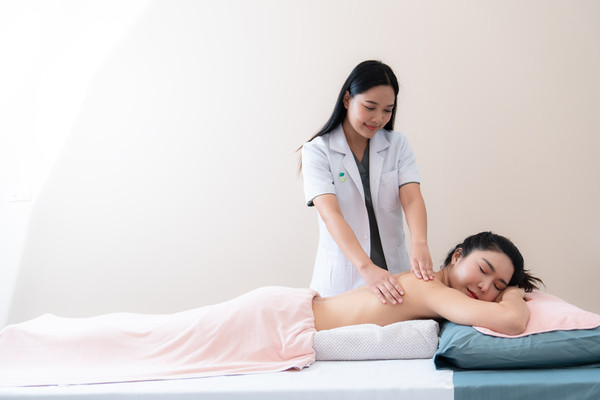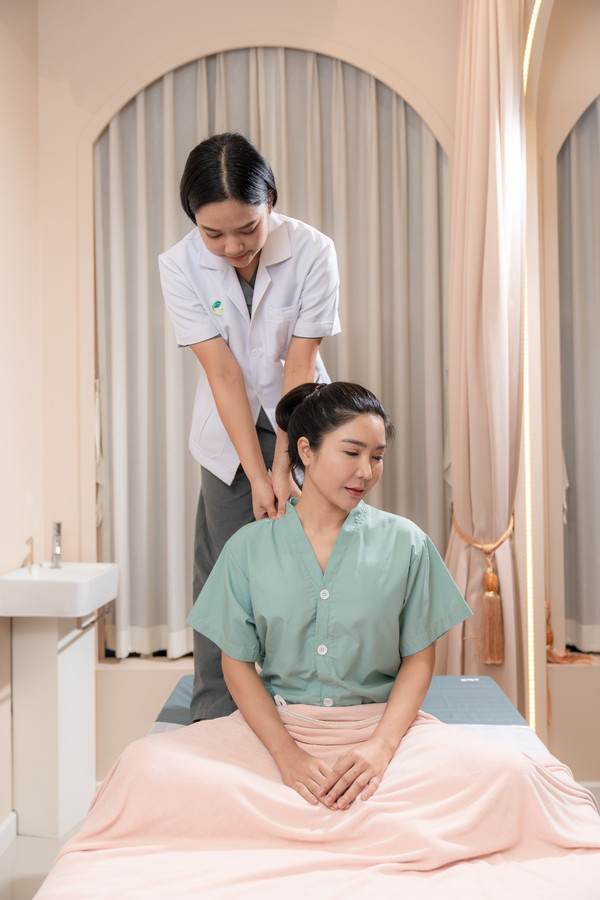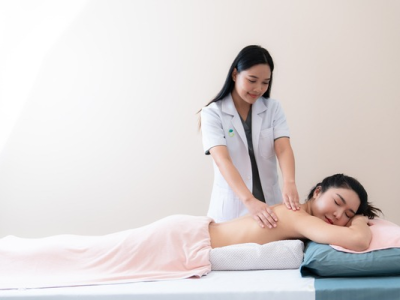The Difference Between Medical Massage and Relaxation Massage

Experiencing muscle aches and pains from prolonged computer work, heavy lifting, or intense workouts is a common occurrence in today's fast-paced world. While there are various ways to alleviate these discomforts, massage therapy remains a popular choice.
What are the different types of massage?
Massage can be broadly categorized into two main types:
1.Relaxation Massage: This type of massage focuses on promoting overall relaxation and relieving tension. It involves gentle techniques applied to specific muscle groups or the entire body, often incorporating aromatic oils for an enhanced sensory experience.
2.Therapeutic Massage: Designed to address specific pain or conditions, therapeutic massage involves deeper tissue manipulation to release muscle knots and reduce stiffness. Before a therapeutic massage session, a thorough assessment is conducted to identify the root cause of the problem and create a personalized treatment plan.
Who performs therapeutic versus relaxation massages?
While the term "massage therapist" is often used interchangeably, there are distinct qualifications for practitioners of each type of massage.
Relaxation Massage: Practitioners typically undergo training in massage techniques and may hold certifications from recognized institutions.
Therapeutic Massage: Therapeutic massages are often performed by Thai traditional medicine practitioners or practitioners of applied Thai traditional medicine. These individuals have completed accredited university programs in Thai traditional medicine and hold professional licenses.
When should you choose therapeutic or relaxation massage?
While there are no strict guidelines, it's essential to consider your specific needs and symptoms when selecting a massage type. If you're experiencing the following, a therapeutic massage may be beneficial:
- Muscle pain from overexertion
- Headaches or migraines accompanied by muscle tension
- Symptoms related to other systems, such as respiratory or digestive issues
- Chronic muscle pain
- Numbness or weakness along with muscle pain
These symptoms often indicate an underlying health condition that can be addressed through therapeutic massage. However, if you have severe conditions such as:
- Severe numbness
- Osteoporosis
- Herniated discs
It's crucial to consult with a qualified Thai traditional medicine practitioner or healthcare professional before receiving a massage.
Why choose a qualified practitioner?
A qualified practitioner will conduct a thorough assessment to identify the root cause of your discomfort and develop a tailored treatment plan. They can also help prevent complications and ensure a safe and effective massage experience.
In conclusion, understanding the differences between relaxation and therapeutic massage can help you make informed decisions about your wellness journey. By choosing the right type of massage and seeking treatment from a qualified practitioner, you can effectively manage pain, improve your overall well-being, and experience the many benefits of massage therapy.





